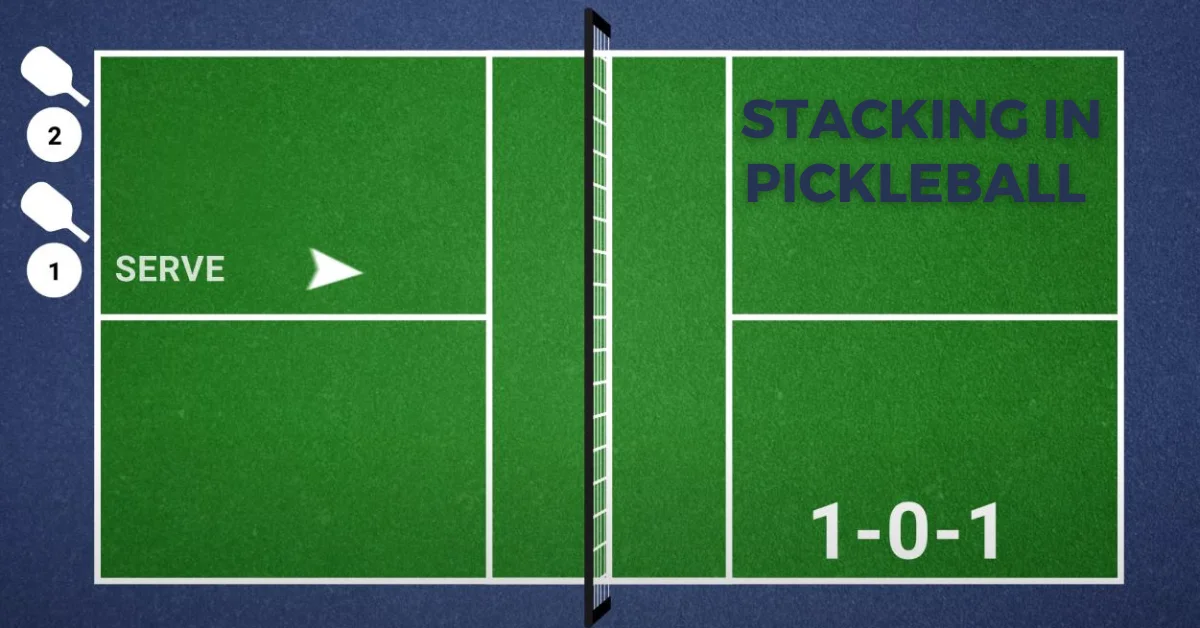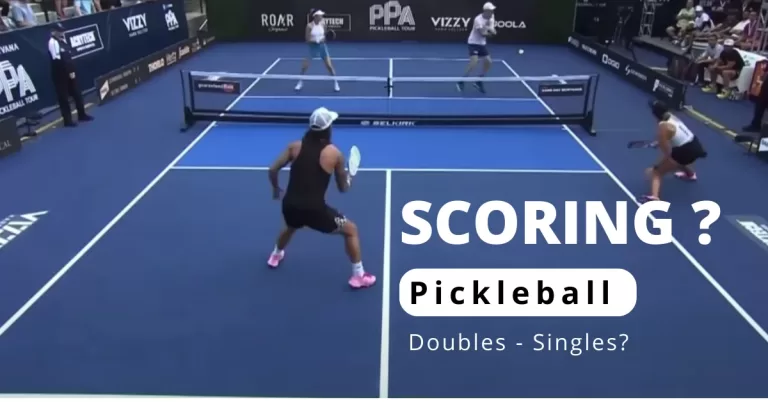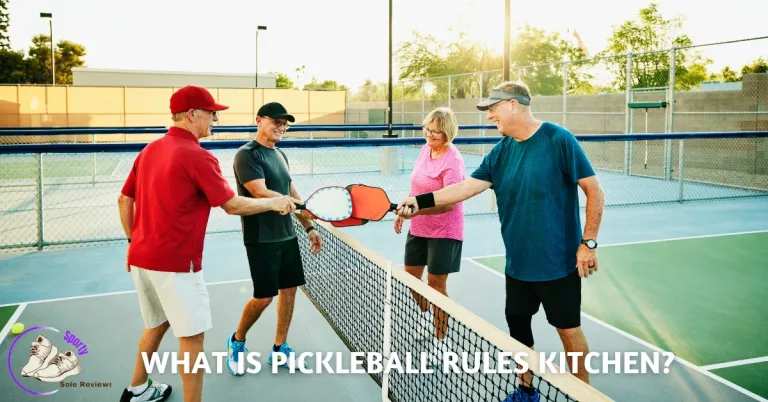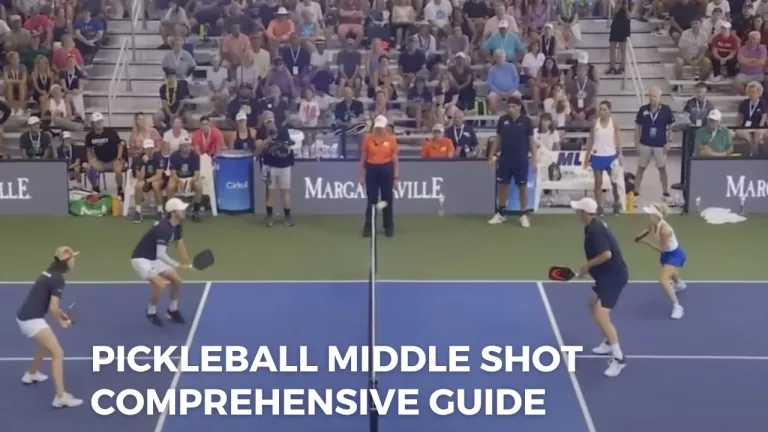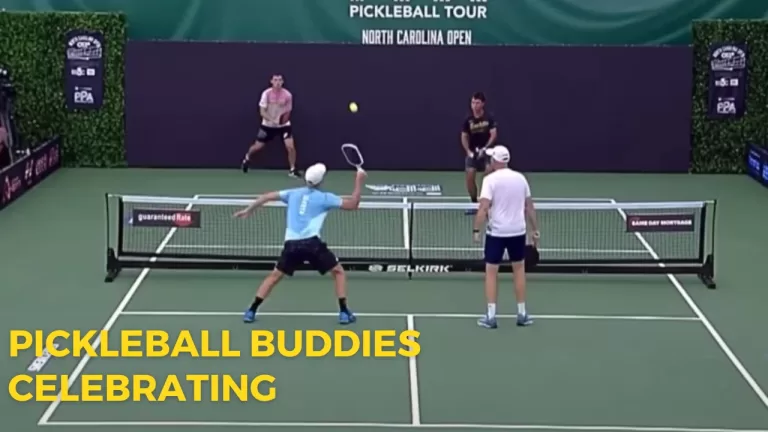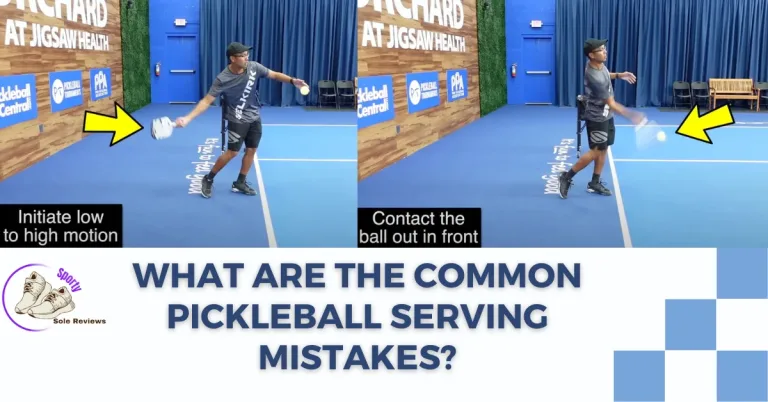Stacking in Pickleball for a Strategic Advantage
As a pickleball enthusiast, you may have heard of the term “stacking” and wondered what it entails. In this comprehensive guide, I will delve into the intricacies of stacking in pickleball, a strategic positioning technique that can give you a significant advantage on the court. Whether you’re a seasoned player or just starting out, understanding the concept of stacking and how to effectively implement it can elevate your game to new heights.
What is Stacking in Pickleball?
Stacking in pickleball refers to a specific court positioning strategy utilised by doubles teams. Unlike the traditional side-by-side positioning, stacking involves aligning both players on the same side of the court. This technique is commonly used to optimise shot selection and court coverage, ultimately increasing the chances of winning rallies.
Stacking Positions in Pickleball
Proper positioning is crucial in pickleball, and stacking introduces a unique dynamic to the game. There are two main stacking positions: the “left stack” and the “right stack.” Now explore each of these positions in more detail:
Pickleball Stacking Positions| Position | Description |
|---|---|
| Even Stacking | The player on the even side of the court (side with even score) is at the net, and their partner is at the baseline. |
| Odd Stacking | The player on the odd side of the court (side with odd score) is at the net, and their partner is at the baseline. |
| Left Stacking | The player on the left side of the court is at the net, and their partner is at the baseline. |
| Right Stacking | The player on the right side of the court is at the net, and their partner is at the baseline. |
Left Stack
In the left stack, the player closest to the net assumes the role of the “front” player, while their partner aligns behind them. This configuration allows the front player to have a better angle for forehand shots, as well as easier access to the middle of the court.
Right Stack
Conversely, in the right stack, the player closest to the net takes on the role of the “front” player, while their partner positions themselves behind. This positioning grants the front player an advantageous angle for backhand shots, and better access to the middle of the court.
It’s important to note that the choice between the left and right stack depends on the players’ dominant hand and personal preferences. Communication and coordination between teammates are essential when deciding on the stacking position that best suits your playing style.
Stacking Rotation in Pickleball
To fully maximize the benefits of stacking, a proper rotation system should be implemented. Stacking rotation ensures that both players have equal opportunities to play in the front and back positions, preventing any imbalances in court coverage. How the stacking rotation typically works:
- The front player rotates to the back position after a predetermined number of shots or when their partner calls for a switch.
- The back player moves to the front position, ready to take advantage of their preferred shot selection.
- This rotation continues throughout the match, ensuring fair distribution of court coverage and maintaining an effective stacked formation.
Implementing a smooth stacking rotation requires clear communication, anticipation, and understanding between teammates. Practice and familiarity with each other’s playing styles are key to achieving a seamless transition between positions.
The Strategic Advantages of Stacking in Pickleball
Now that I’ve covered the basics of stacking, Now explore the strategic advantages that this technique offers:
- Enhanced Shot Selection: Stacking allows players to capitalize on their dominant shots. Whether it’s a powerful forehand or a precise backhand, being in the preferred stacking position enables players to take advantage of their strengths, resulting in more effective shots.
- Improved Court Coverage: By aligning both players on the same side of the court, stacking provides better coverage for the middle area. This minimizes the risk of opponents exploiting the “split” in traditional side-by-side positioning, making it easier to defend against cross-court shots.
- Increased Teamwork and Communication: Stacking necessitates constant communication and coordination between teammates. This not only enhances the overall chemistry on the court but also fosters a deeper understanding of each other’s playing styles, leading to a more cohesive and effective doubles partnership.
- Strategic Net Play: Stacking can create more opportunities for aggressive net play. With a player positioned closer to the net, the team can apply pressure on opponents by executing well-timed volleys, smashes, and strategic net shots.
By understanding and implementing stacking in your pickleball doubles game, you can gain a strategic advantage over your opponents. This positioning technique enhances shot selection, improves court coverage, and fosters effective teamwork. Remember to communicate with your partner, practice stacking rotations, and adapt your positioning to maximize the benefits of stacking. Take your pickleball game to the next level with stacking, and watch as your skills flourish on the court.
Can stacking be used in singles pickleball?
Stacking is primarily a strategy used in doubles pickleball. In singles play, players typically utilize different positioning techniques.
How do I determine which side to stack on?
The decision between left and right stacking depends on your dominant hand and personal preference. Experiment with both positions to find what works best for you and your partner.
Is stacking suitable for all skill levels?
Yes, stacking can benefit players of all skill levels. However, it requires practice, coordination, and effective communication between teammates to fully capitalize on its advantages.
Can the stacking positions be switched during a game?
Yes, players can switch stacking positions during a game if they feel it would better suit their playing style or situation. Communication with your partner is crucial for a seamless transition.
Are there any drawbacks to using stacking in pickleball?
While stacking offers numerous advantages, it also requires players to be adaptable and comfortable with their non-dominant positioning. Additionally, effective communication is paramount, as miscommunication can lead to confusion and mistakes on the court.

